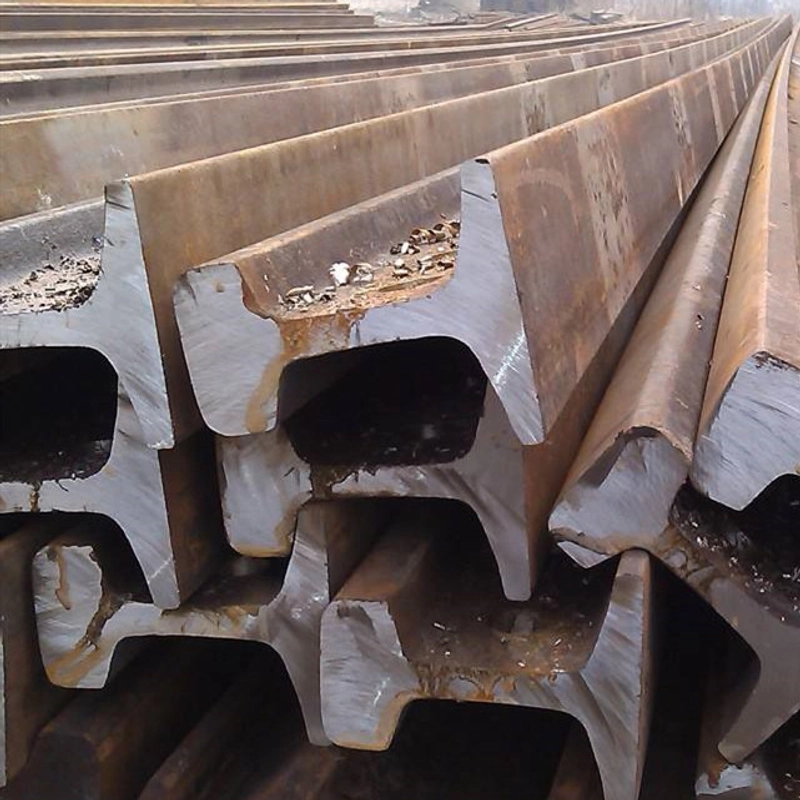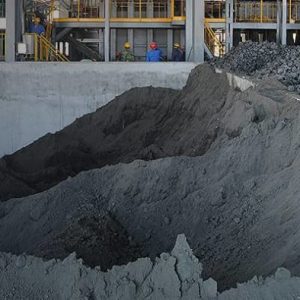Description
Used Rails: A Sustainable Resource for Rail Infrastructure and Beyond
Used Rails play a crucial role in the railway industry and other sectors by offering an eco-friendly and cost-effective alternative to new materials. As rail networks expand and undergo maintenance or upgrades, many rails reach the end of their initial service life. Instead of discarding them as waste, companies recognize the value of recycling and reusing these used rails to support sustainable development.
What Are Used Rails?
Used rails refer to steel tracks that previously served in railway systems. Over time, heavy loads and environmental conditions wear these rails down. Once railway operators decide they no longer meet safety or performance standards, they remove and replace them. However, these rails still contain high-quality steel that companies can refurbish or recycle for various applications.
Why Reuse or Recycle Used Rail?
Reusing or recycling used rails brings several benefits:
-
First, it reduces the demand for newly manufactured steel, saving raw materials and energy.
-
Second, recycling lowers greenhouse gas emissions compared to producing steel from scratch.
-
Third, it helps minimize waste that would otherwise fill valuable landfill space.
-
Finally, it often costs less for railway companies and manufacturers.
Common Applications of Used Rail
Various industries find new uses for used rail:
-
Railway maintenance teams reprocess many used rail and apply them to less critical rail sections.
-
Construction companies use them as strong structural supports, fencing posts, or reinforcement bars.
-
Manufacturers melt scrap steel from used rail to produce new steel products.
-
Artists and designers transform used rail into sculptures, furniture, or landscape edging.
How Companies Process Used Rail
Companies collect used rail and carefully assess their condition. When rail show minimal damage, workers straighten and machine them to extend their service life. For severely worn or damaged rail, recycling facilities melt the steel and reform it into new products. Moreover, scrap yards and recycling centers efficiently supply raw material back to the steel industry.
Environmental Impact of Using Used Rail
Choosing used rail significantly reduces environmental impact. Since steel production consumes large amounts of energy and emits substantial carbon dioxide, recycling steel from used rails conserves natural resources and reduces pollution. Additionally, reusing rails promotes a circular economy where materials stay in use longer and waste decreases.
Conclusion
Used Rail represent more than retired railway components—they symbolize sustainable practices and resource efficiency. By reusing and recycling these rails, industries reduce environmental harm, lower costs, and build greener infrastructure. As global demand for sustainable materials grows, used rail will continue to play a vital role in creating a more eco-friendly future.




Reviews
There are no reviews yet.